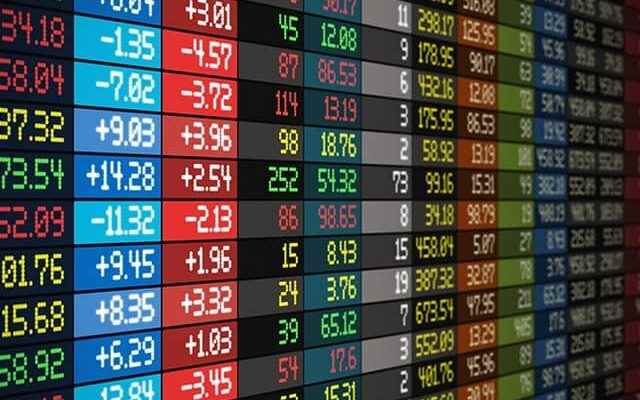(AOF) – ArcelorMittal has decided to temporarily shut down one of the two blast furnaces at its Fos-sur-Mer site (Bouches-du-Rhône), “due to the slowdown in demand for steel and the impact of energy prices”, announced this Thursday the second world steelmaker. “As soon as market conditions allow it, we will relaunch a march with two blast furnaces in Fos,” said Bruno Ribo, director of ArcelorMittal Méditerranée, quoted in the press release.
“In a strongly deteriorated macroeconomic context, coupled with a major impact of soaring energy prices and an increase in steel imports in Europe, the Fos-sur-Mer site is in turn facing a slowdown in demand for steel”, added the group, stressing that “order forecasts are down for the end of 2022 and the beginning of 2023”.
AOF – LEARN MORE
Key points
– World’s leading steelmaker by the size of its portfolio, from iron mines to processing plants, born of the merger in 2007 of the French Arcelor and the Indian Mittal Steel;
– Turnover divided into 6 segments: steel and tubes activity in Europe for 57%, in Brazil for 17%, in North America and Mexico for 16%, in Asia for 13%, flat steel for 62% , then the mines;
– Business model capitalizing on the 4 strengths of the group: a decentralized structure, active management of the portfolio, financial solidity and integration of the value chain, from mines and supplies to final products);
– Capital controlled up to 37.41% by the Mittal family, Aditya Mittal, son of the founder taking over the management of the group, Lakshmi Mittal retaining the chairmanship of the board of 9 members;
– Solid financial situation.
Challenges
– Innovation strategy based on 12 R&D centers and a portfolio of 724 patent families:
– focused on 6 objectives: maintaining competitiveness, an offer of niche steels (excluding transport), capitalization of the Steligence or S-in Motion platform for the automotive market, standardization of industrial processes, deployment of digitization via the Arthur and Dahiell platforms and external growth in the digital economy,
– at the service of environmental protection: expertise in product cycle analysis or LCA, reduction of carbon emissions by industrial sites (cold electrolysis, partnerships – Institut Bauen und Umwell, SOVAMAT, CIRAIG, etc.),
– 2 Digital labs in France dedicated to digital research (big data, quality and maintenance),
– SI initiative open to researchers on sustainable development;
– Proactive environmental strategy:
– 25% reduction in carbon emissions -35% in Europe- by 2030, via €10 billion in investments, and total neutrality in Europe by 2050 via the Xcarb green steel supply program,
– new initiatives on Canadian sites for C$2 billion in investments;
– Spinoffs from industrial investments, of $4.5 billion expected in 2022, compared to $3 billion in 2021 and from the three-year cost savings plan of $1.5 billion;
– Progress of industrial projects in India, Liberia, Mexico and Brazil.
Challenges
– Impact of the Russian-Ukrainian conflict: slow resumption of activities in Ukraine after suspension in February-March and relative insensitivity to the rise in gas prices, 80% of sites recycling the gas used;
– Continued dysfunctions in logistics and supplies but beneficial impact of inflation in the prices of raw materials and steel sold;
– Deployment of solutions for capturing CO2 emitted by blast furnaces;
– After a good start in the 1st quarter, 2022 objective of a 3% increase in steel sales;
– Dividend of $0.38 and regular share buyback programs (€2bn in 2022).
An ecological transition that drives metal prices
The ecological transition is driving demand and driving up prices. Thus lithium prices jumped 100% last year, supported by sales of electric cars. The needs for metals such as aluminum, copper, graphite, or nickel should soar by 2050. The war in Ukraine has reinforced the rise in prices because Russia is a major producer of mineral raw materials , in particular aluminium, palladium, nickel and titanium. The International Energy Agency (IEA) recently warned of the risk of a shortage of several metals necessary for the energy transition. Europe has mobilized on strategic metals with the aim of strengthening its sovereignty.
